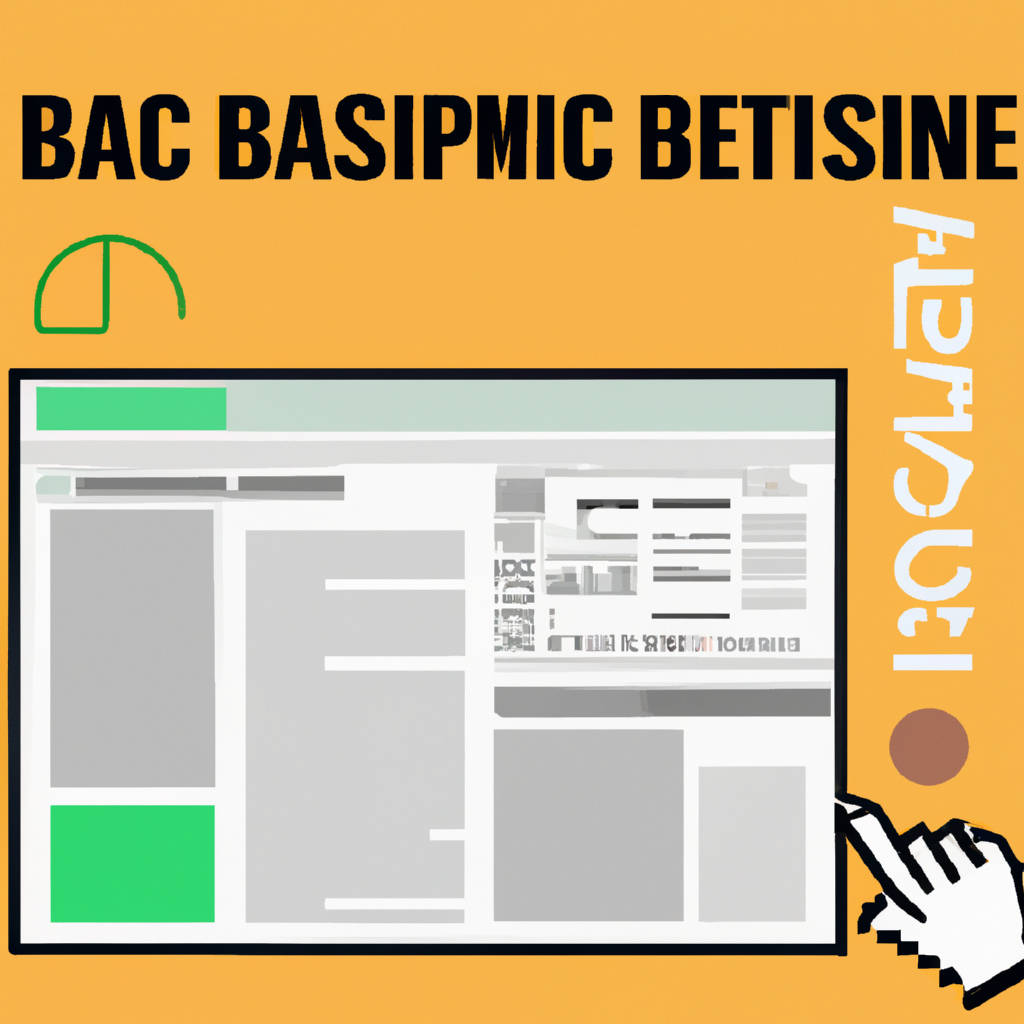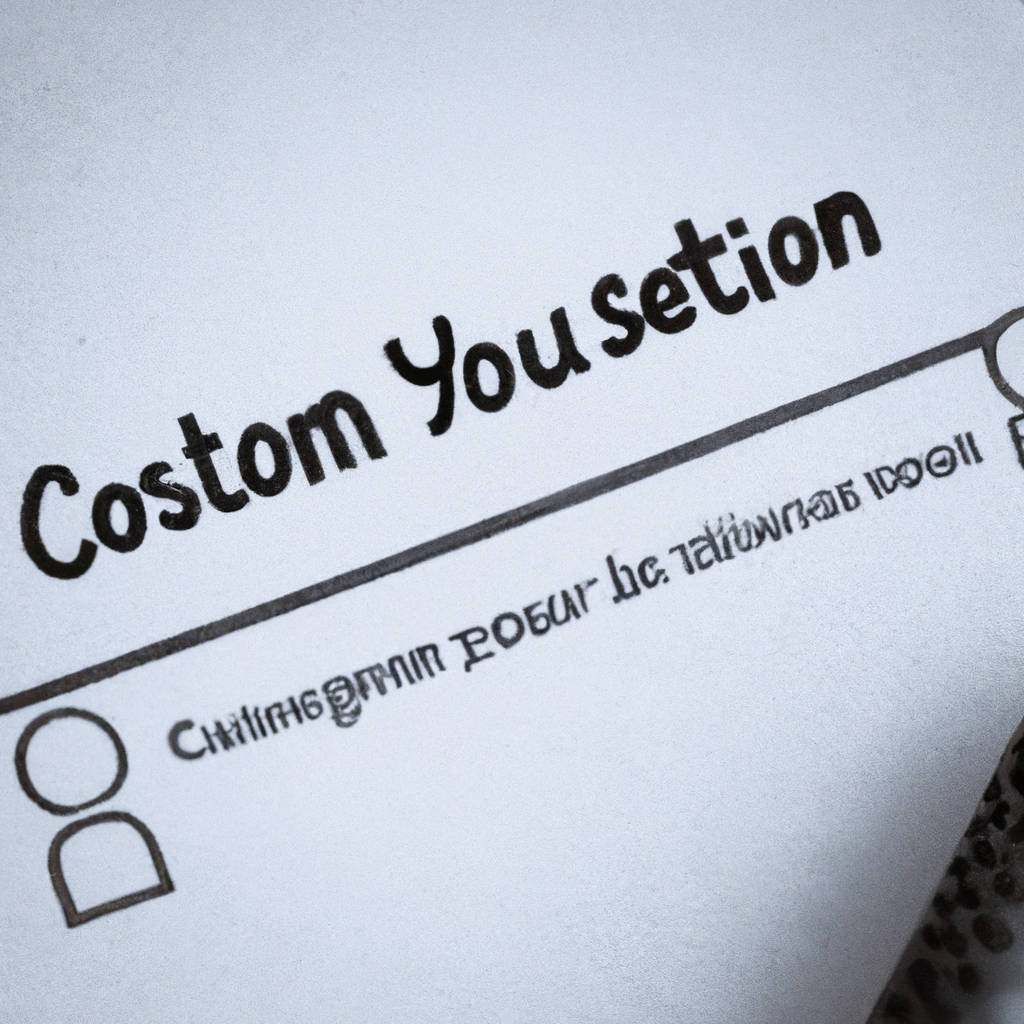Facebook is a popular social media platform that can be used in a variety of ways to connect with friends, family, and colleagues. For beginners, it can be helpful to start by creating a profile with basic information such as your name, email address, and birthday. Once your profile is set up, you can start adding friends by searching for their names or email addresses. You can also join groups and follow pages that interest you to stay up to date on news, events, and trends.
One of the key features of Facebook is the news feed, which displays updates from your friends and the pages you follow. You can like, comment, and share posts to interact with others and start conversations. You can also post your own updates, photos, and videos to share with your friends and followers. It’s important to remember to be mindful of what you post, as everything you share on Facebook can be seen by others.
Another useful feature of Facebook is the messenger app, which allows you to send messages and make video calls with your friends. You can also create group chats to stay in touch with multiple people at once. Messenger is a great way to keep in touch with friends and family, especially if you have loved ones who live far away.
Privacy settings are important to consider when using Facebook. You can control who sees your posts, photos, and personal information by adjusting your privacy settings. You can also block or unfriend people if you don’t want them to see your profile or contact you. It’s important to regularly review your privacy settings to ensure that your personal information is secure.
Facebook also offers a variety of features for businesses and organizations. You can create a page for your business or group to promote your products or services and connect with customers. You can also create events to invite people to attend and keep track of RSVPs. Facebook ads are another feature that businesses can use to reach a larger audience and promote their products or services.
In conclusion, Facebook is a versatile platform that can be used in many different ways to connect with others, share information, and promote businesses. As a beginner, it’s important to take the time to familiarize yourself with the features and settings of Facebook to make the most of your experience. By following this guide, you can navigate Facebook with confidence and enjoy all that the platform has to offer.

Creating Your Account: Setting Up Your Profile
Setting up your profile when creating an account is an essential step in establishing your online presence. Your profile is your digital identity, and it is how others will perceive you in the online world. When setting up your profile, be sure to choose a profile picture that represents you well and is appropriate for the platform you are using.
It is also important to fill out all the necessary information, such as your name, bio, and contact details, to provide others with a clear understanding of who you are and what you do. Additionally, consider customizing your profile by adding personal touches, such as a cover photo or a unique username, to make your profile stand out and reflect your personality.
Remember to review your privacy settings and adjust them accordingly to control who can see your profile and what information they can access. By taking the time to set up your profile properly, you can ensure that you are presenting yourself in the best possible light and making a positive impression on others in the online community.
Navigating the Interface: Understanding the Basic Layout
Navigating the interface of a software or website can be a daunting task for many users, especially those who are not tech-savvy. Understanding the basic layout of an interface is crucial in order to efficiently use the platform and access its various features. The layout typically consists of a menu bar at the top, which contains different options for navigation such as Home, About Us, Services, etc.
Beneath the menu bar, there is usually a toolbar with additional options for customization or settings. The main content area is where the bulk of the information is displayed, such as articles, images, or videos. To the side, there may be a sidebar with more specific options or related content. At the bottom of the interface, there is often a footer with important links, contact information, and copyright details.
Understanding the basic layout of an interface allows users to easily navigate through the platform, find what they are looking for, and make the most out of their experience. It is important for designers to create an intuitive layout that is user-friendly and easy to navigate, as this ultimately enhances the overall user experience. By familiarizing themselves with the basic layout of an interface, users can save time and frustration, and focus on interacting with the content or services provided.

Connecting with Friends and Family: Adding Contacts and Building Your Network
Connecting with friends and family through adding contacts and building your network is an essential part of maintaining relationships and staying connected in today’s digital age. By adding contacts to your phone or social media accounts, you are able to easily reach out and stay in touch with loved ones near and far. Building your network of contacts allows you to expand your circle of friends and family, creating opportunities for new connections and potential collaborations.
Whether it’s sharing updates, photos, or simply reaching out to say hello, having a robust network of contacts ensures that you are always connected and able to reach out to those who are important to you. By actively adding contacts and building your network, you are able to strengthen your relationships, stay connected with those you care about, and create a support system of friends and family who are there for you in times of need.
In today’s fast-paced world, it’s more important than ever to prioritize connections with friends and family, and adding contacts and building your network is a great way to do just that. So take the time to add contacts, reach out to loved ones, and build your network – you’ll be glad you did.
Customizing Your Profile: Personalizing Your Information and Privacy Settings
When it comes to customizing your profile on social media platforms, personalizing your information and privacy settings is essential to maintaining control over your online presence. By taking the time to carefully curate the information you share on your profile, you can create a more personalized and authentic online persona that accurately reflects who you are.
This can include choosing a profile picture that represents you well, writing a bio that highlights your interests and values, and sharing updates and photos that showcase your personality. Additionally, adjusting your privacy settings allows you to control who can see your posts, photos, and personal information. By carefully selecting who has access to your content, you can protect your privacy and ensure that only those you trust can view your profile.
Customizing your profile and privacy settings not only helps you present yourself in the best light online, but also allows you to maintain a sense of security and control over your digital identity. It’s important to regularly review and update your settings to ensure that your information remains private and secure. By taking these steps, you can confidently navigate the online world and enjoy a more personalized and secure social media experience.

Exploring News Feed and Timeline: Understanding Updates and Posts
In the world of social media, the news feed and timeline are essential features that help users stay connected with friends, family, and the world around them. Understanding updates and posts on these platforms is crucial for navigating the ever-changing landscape of online communication. Updates are real-time notifications that inform users about new content or activities on their feed, such as new posts, comments, or likes.
Posts, on the other hand, are the actual content that users share with their network, whether it be text, photos, videos, or links. By exploring the news feed and timeline, users can gain a deeper understanding of how information is shared and consumed in the digital age. It is important to be mindful of what we post and how we engage with content, as our online presence can have a lasting impact on our relationships and reputation.
By staying informed and being thoughtful about our interactions on social media, we can make the most of these powerful tools for communication and connection. Ultimately, understanding updates and posts on the news feed and timeline can help us navigate the complexities of the online world and foster meaningful relationships with others.
Joining Groups and Events: Engaging with Communities
Joining groups and events can be a powerful way to connect with like-minded individuals and engage with communities. By participating in these gatherings, individuals have the opportunity to share experiences, gain new perspectives, and build relationships with others who share similar interests and values. These interactions can foster a sense of belonging and support, as well as provide opportunities for personal growth and development.
Whether it’s joining a book club, attending a community clean-up event, or participating in a local sports team, being part of a group or event can help individuals feel connected to something larger than themselves. Additionally, engaging with communities through these activities can create a sense of unity and common purpose, as individuals come together to work towards shared goals and causes.
Overall, joining groups and events can be a rewarding experience that allows individuals to forge meaningful connections and make a positive impact on the world around them. By actively participating in these gatherings, individuals can contribute to the well-being of their communities and create lasting bonds with others who share their passion and dedication.

Conclusion
In conclusion, it is evident that there are various factors to consider when evaluating a situation or making a decision. It is important to weigh the consequences of our actions and consider the impact they may have on ourselves and others. It is crucial to take into account the potential outcomes and implications of our choices, as well as the ethical and moral considerations involved.
In addition, it is essential to reflect on our values and beliefs and how they shape our decisions. Ultimately, the choices we make can have far-reaching effects and it is important to consider the broader implications of our actions. By being mindful and thoughtful in our decision-making process, we can strive to make choices that align with our values and lead to positive outcomes. In summary, it is imperative to approach decision-making with a sense of responsibility and consideration for the impact our actions may have on ourselves and those around us.
